A Solar Flare and a Volcano Blizzard Are Among These Stellar Shots
An X-class explosion and a snowy satellite image feature among our picks for the week’s best space images
The sun shoots out a powerful flare of radiation, a blizzard hits a Hawaiian volcano, NASA fires up its next-generation rocket booster and more in our picks for the week's best space images.
.
Stellar Altar
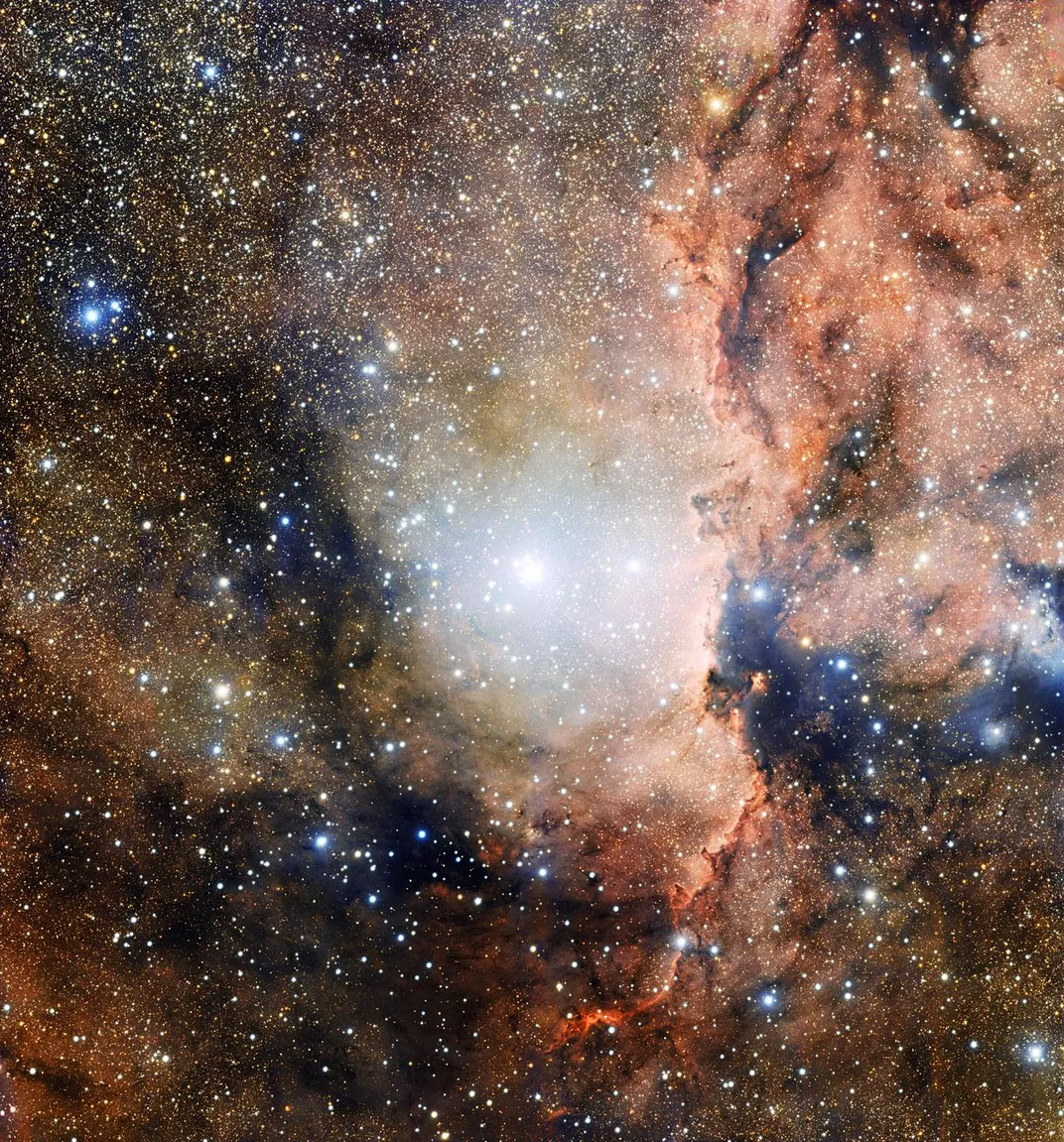
Young stars glitter against a backdrop of vibrantly colored gas and dust in the most detailed picture yet of this stellar landscape in the constellation Ara, the Altar. The image is a combination of frames from the ESO's VLT Survey Telescope in Chile. It captures multiple star clusters, nebulae and molecular clouds that are influencing each other's evolution some 4,000 light-years from Earth. For instance the brightest stars in the open cluster NGC 6193, seen at center, are the main sources of illumination for the nearby Rim Nebula, seen to the right. As gases in this emission nebula get bathed in bright light from the stars, they become ionized and emit various colors of light. The intense stellar radiation is also sculpting the nebula and causing some of its pockets of gas to collapse, triggering the births of new stars.
Solar Excitement
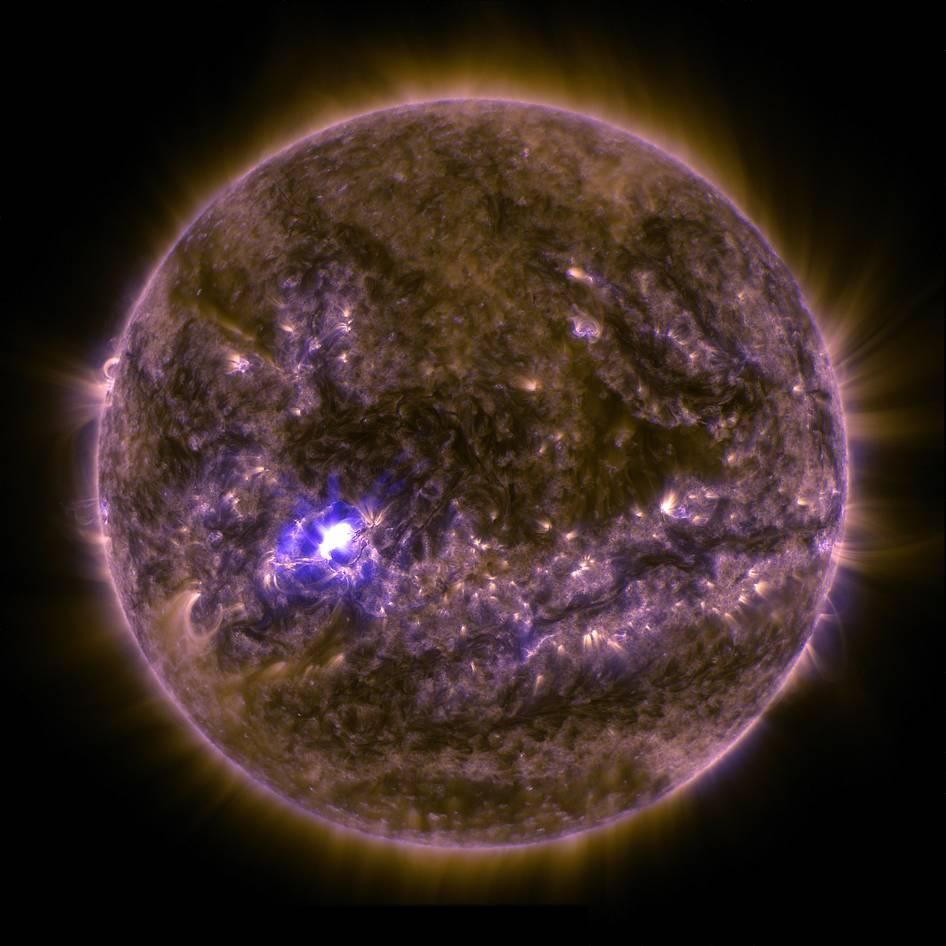
The sun really let loose on March 11, producing a brilliant X2-class flare that was captured by NASA's Solar Dynamics Observatory. X-class flares are the most powerful kind known, and this was a mid-level version. Radiation from such flares doesn't penetrate Earth's atmosphere and isn't harmful to surface life, but it can affect satellites, such as the GPS probes used for location and navigation data. SDO is constantly watching the sun in multiple wavelengths to monitor for events like powerful flares and help scientists figure out how they work and maybe even how to predict damaging solar activity.
Homecoming
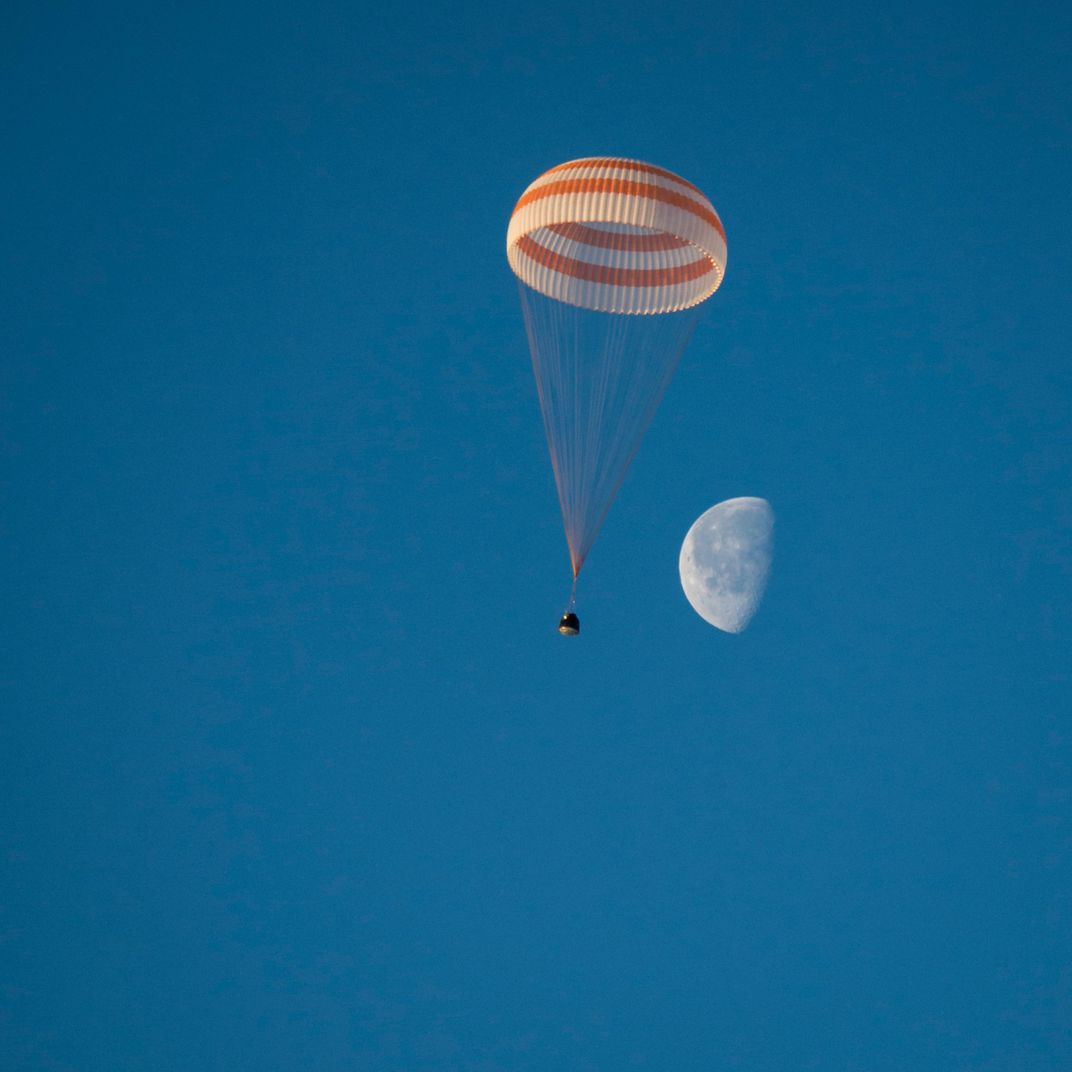
The Soyuz TMA-14M spacecraft seems to float past the waning moon in a picture taken from the craft's landing site in Kazakhstan. The Soyuz module touched down in the early hours of March 12, local time, bringing a NASA astronaut and two Russian cosmonauts home from the International Space Station. These three crewmembers spent 167 days in space, conducting science experiments and preparing the ISS for the next shift. Three new spacefarers will head for the ISS on March 27, including the first people to spend a full year aboard the orbiting lab.
Icy Patch
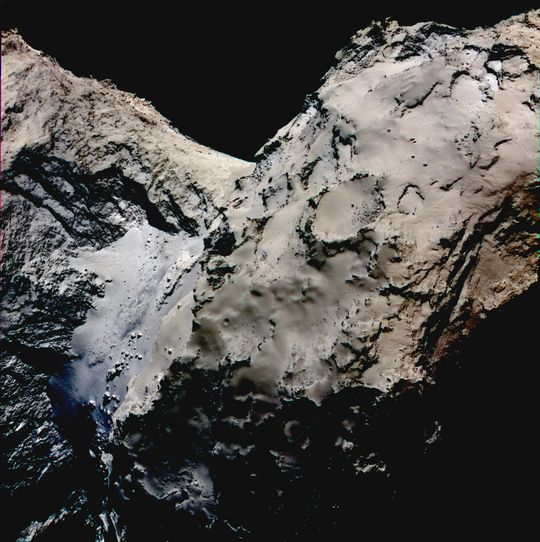
Comets have been affectionately called dirty snowballs, after famed cometeer Fred Whipple proposed that the solar system objects are conglomerates of ice and dust. But scientists still aren't sure just how much of each component a particular comet contains, and it's thought that some especially dusty comets are more like icy dirtballs. ESA's Rosetta mission has been orbiting comet 67P/Churyumov-Gerasimenko since August 2014, and mission scientists this week released images that hint at a high abundance of water ice at or near the comet's surface. This filtered shot shows a bluish region on the comet's neck that is likely a reflection from a large patch of ice. The next step is for Rosetta to examine the region in infrared, a technique that can detect the specific chemical signature of H2O.
Volcano Blizzard
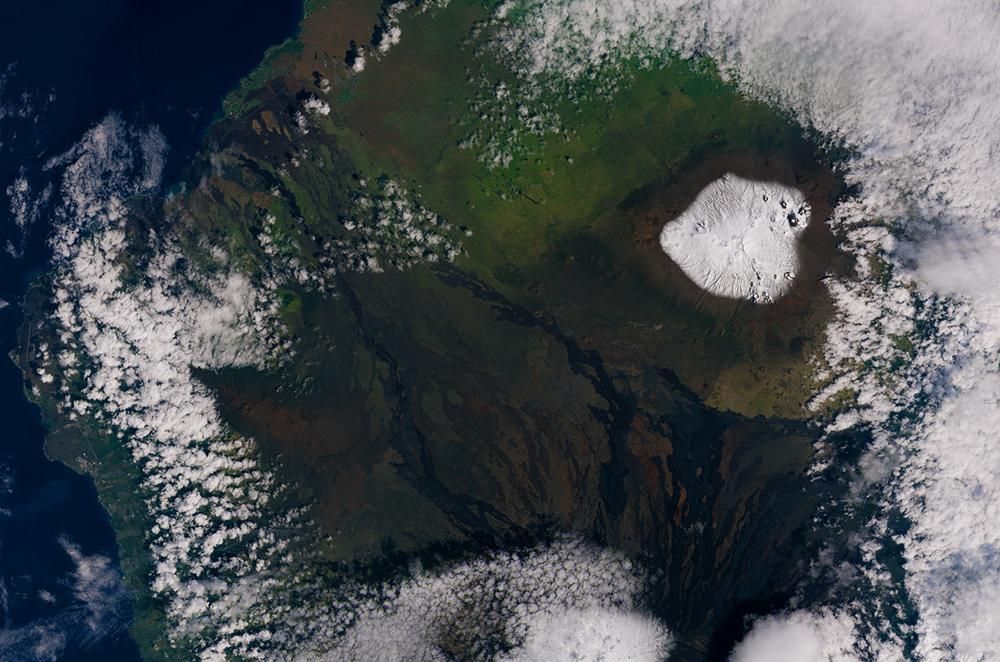
Talk about a song of ice and fire—on March 10 a NASA satellite snapped this picture of the snow-covered summit of Mauna Kea, a dormant volcano on the Big Island of Hawaii. A couple days later the peak was faced with a blizzard warning, as the National Weather Service warned of freezing fog, strong winds and possible snow accumulation of 2 to 4 inches for island summits higher than 11,000 feet. Snow has been seen before on Mauna Kea, which is chillier than the island's beaches because of its high altitude. The thin air makes the site ideal for astronomy, and the snow delayed construction of a new telescope on the already observatory-dotted peak. "Progress was made, however, on the construction of a snowman," NASA quips.
Hold Your Fire

On March 11, NASA passed an important milestone in its quest to send people into deep space, successfully firing up the booster for its Space Launch System (SLS) rocket. When complete, the SLS will be the world's most powerful rocket and is designed to send up the heavy loads required for humans to travel for long periods in space. In this Utah-based ground test, the booster fired for a full two minutes and produced about 3.6 million pounds of thrust. But the booster needs to make it through one more test firing before it is cleared to travel to Florida for the first test launch of the entire rocket, slated for late 2018.